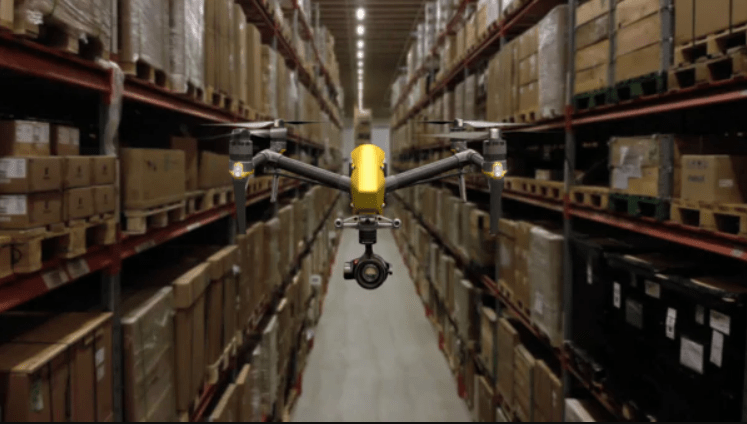5G networks make it possible to build smart factories and take advantage of technologies such as automation and robotics, artificial intelligence, augmented reality and the Internet of things at different stages of the value chain, highlighted ECLAC in a recent report.
Therefore, having real-time access to information for decision-making throughout an entire value chain is a fundamental competitive advantage to make efficient use of resources and better meet demand.
Despite the pandemic, the pace of introduction of new 5G functionality increased during 2020. According to Ericsson estimates, there were 220 million global 5G subscriptions at the end of 2020, with China accounting for 175 million of them, or nearly 80 percent.

Cloud-based solutions make it possible to better integrate the various stages of the chain.
The same software can be used for the design, simulation and deployment of the configurations and instructions to run physical production lines, allowing flexibility and improvement of operations.
For Cepal, this type of solution replaces traditional assembly processes and increases flexibility in reconfiguring production plants in the event of changes in product or demand.
They also allow to optimize processes and reduce costs, in addition to reducing delivery times, improving logistics management and attracting the attention of consumers.
5G networks
Other more relevant uses include industrial automation and control systems, planning and design systems, and field devices that provide information for the complete optimization of the process.
In addition, the incorporation of artificial intelligence in decision processes allows optimizing resource management towards a lower environmental footprint in areas such as the exploitation of natural resources, manufacturing, logistics and transport, and consumption.
According to ECLAC, the fifth generation of 5G networks will be disruptive for the industrial organization and production models due to its technical characteristics (higher transmission speeds, reaching up to 20 Gbps), ultra-reliable low latency (less than a millisecond) , greater security of the network, massive communications between machines and energy efficiency of the devices.
Thus, the deployment of these networks will allow broadband wireless services to be expanded beyond mobile Internet to complex Internet of Things systems, with the low latency and high reliability necessary to support critical applications in all economic sectors.
5G mobile networks will enable innovative uses in virtually every industry. Based on the offer of improved broadband experiences, massive Internet of things and mission-critical services, innovative uses can be enabled that offer segmented latency levels.
Although edge computing can be used in a 4G environment, the conjunction with 5G networks and artificial intelligence (AI) is expected to enable new uses in vertical industries, and accelerate model adoption. of Industry 4.0, facilitating increases in productivity and competitiveness, and improvements in sustainability.
![]()

